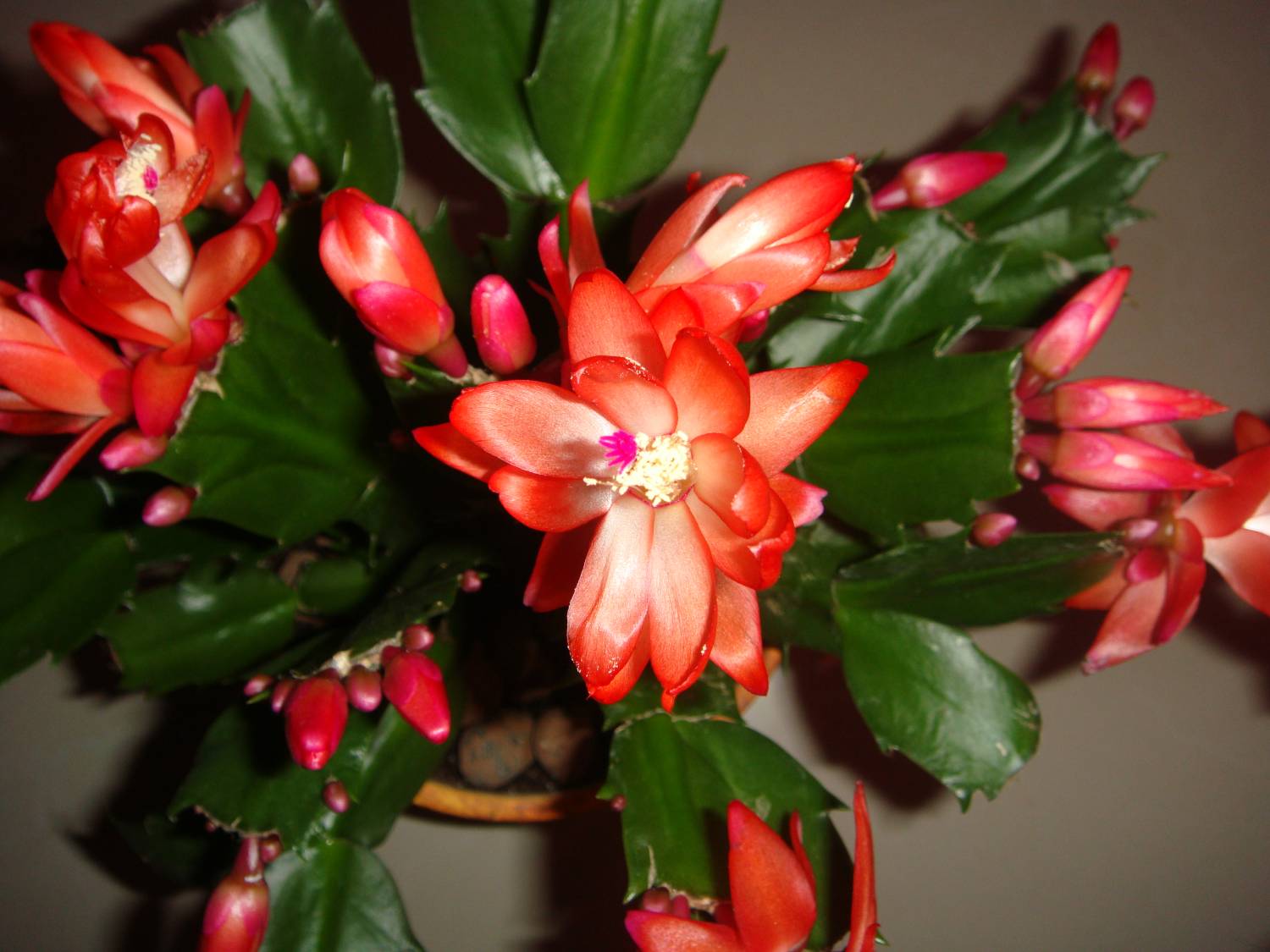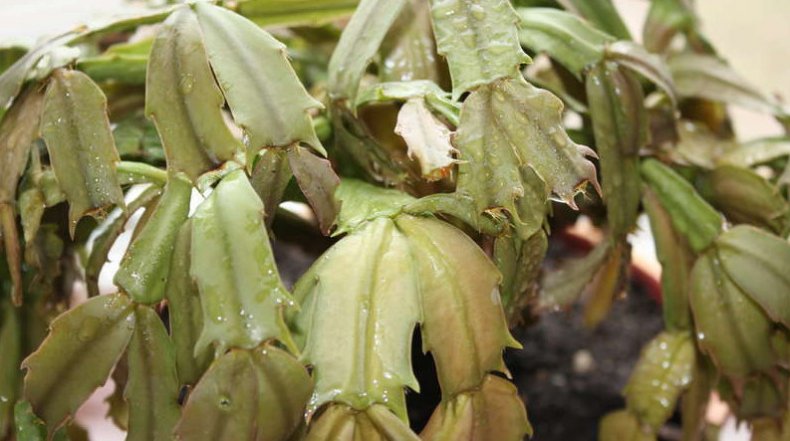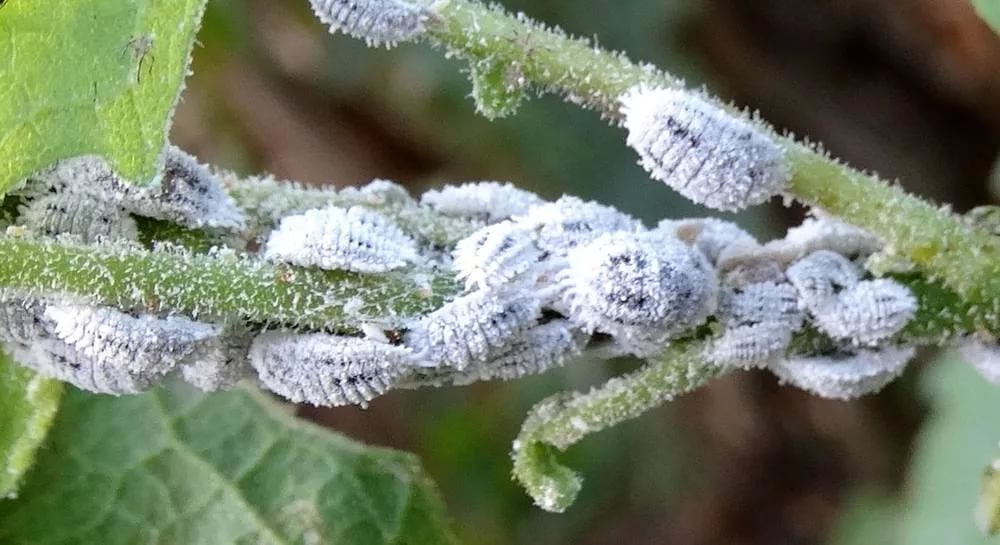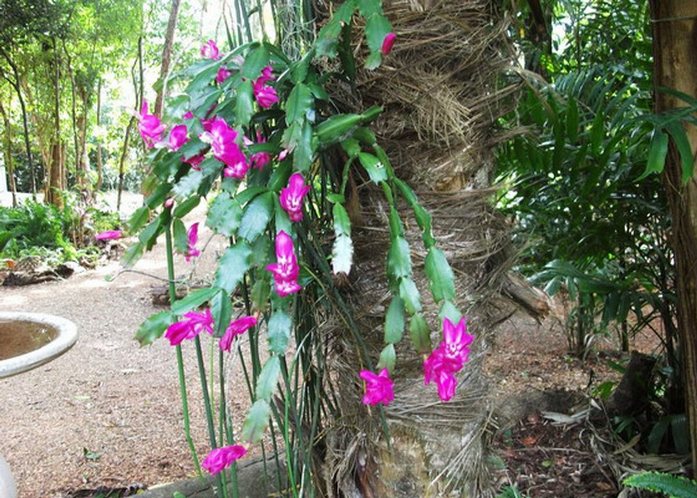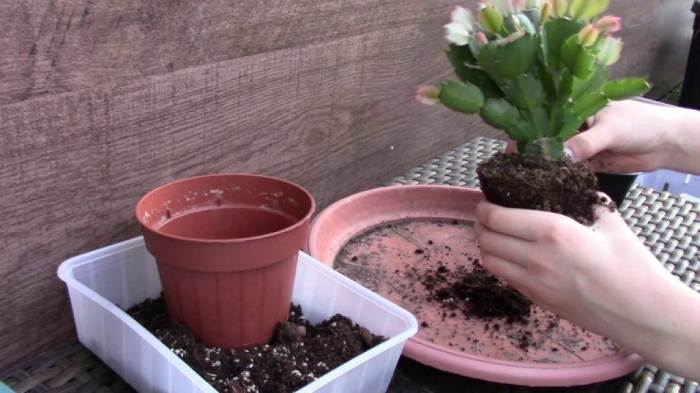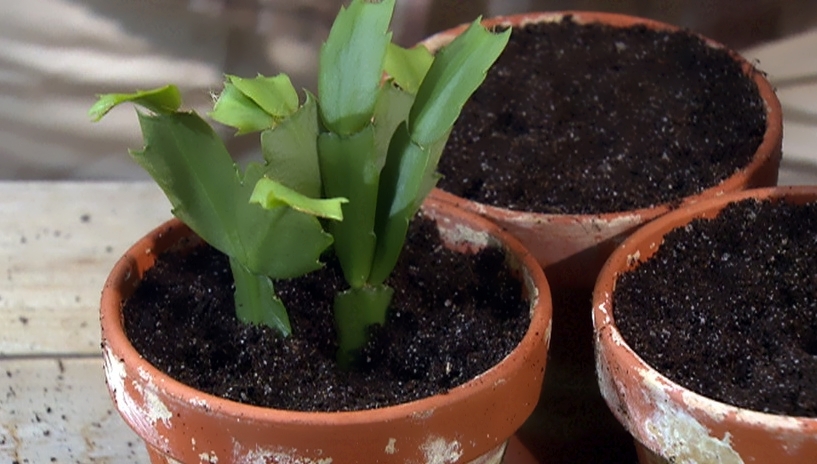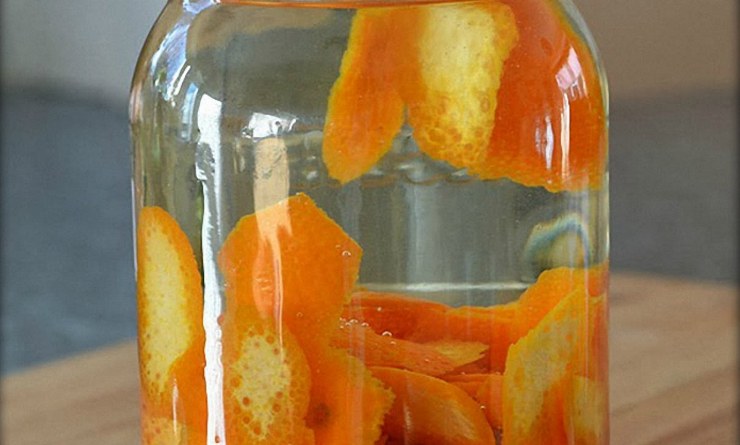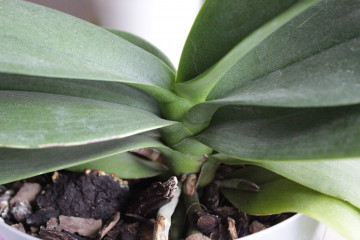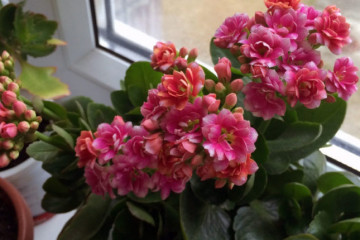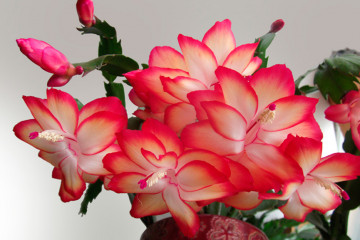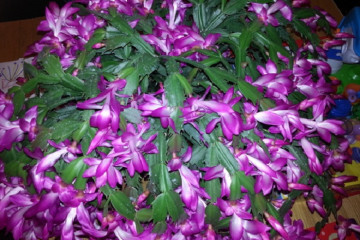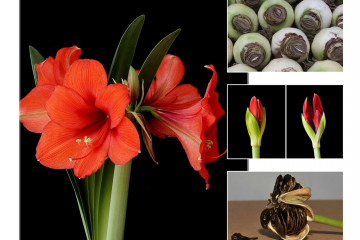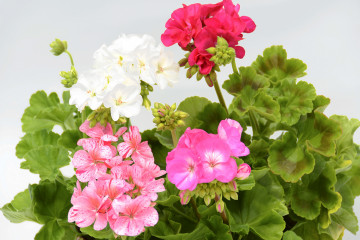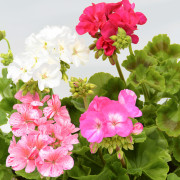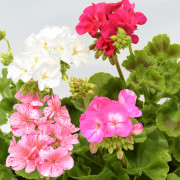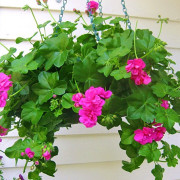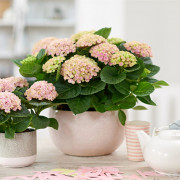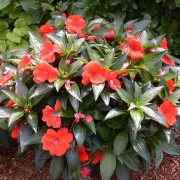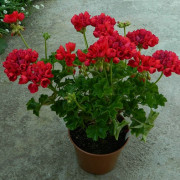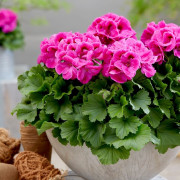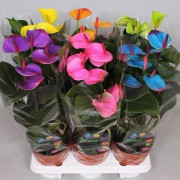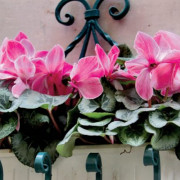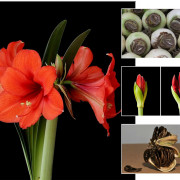Why the Decembrist does not bloom - reasons
Content:
Other names for the Decembrist are Schlumberger, Christmas, Zygokatus. Such a flower can be found among lovers of indoor plants on the windowsill. The bright, juicy color of the leaves looks very impressive, but growers value the culture more for the appearance of flowers in cold winter. However, it is not always possible to rejoice at the appearance of the buds, sometimes they simply do not exist. You should figure out what is the reason for the lack of flowers.
Decembrist flowering process: possible violations
There are several stages in the life cycle of a Christmas tree during which a culture grows and develops. This is exactly what the preparation of a plant for flowering looks like. The buds appear once a year, most often from late November to early December.
Improper care and diseases are the reasons why the Decembrist does not bloom.
Diseases
Fungal diseases do not bypass the Decembrist. Frequent flower ailments:
- pitium;
- late blight;
- fusarium.
The fungus attacks weakened specimens, exacerbating their already not-so-good health. Ignoring the alarming symptoms often leads to the death of the plant.
Pests
What if the Decembrist does not bloom? It is necessary to pay attention to the presence of parasitic insects.
Pests using plant juices for their food very often attack the Decembrist. Mealybugs, spider mites, or scale insects can rob a culture of its vitality. As a result, the flower's immunity falls, and the buds stop appearing. Due to the activity of the spider mite, the zygokatus often gets rid of foliage, and at the same time of buds.
Humidity
Exotic plants, and these are the Decembrists, react very strongly to the surrounding conditions, including the humidity indicator. If it is lowered indoors, then the plant will not lay flower buds. Due to the excessive dryness of the air, even if the culture is already preparing to bloom, it will simply shed its buds. In this case, it will be possible to admire the bright flowers only after 12 months.
Air temperature
If the temperature is too high, the plant overheats, which will certainly affect flowering. Keeping a Christmas tree in the wrong conditions is one of the most common mistakes made by indoor plant lovers.
In its natural habitat, the Decembrist grows in cool places between tree branches, and here the temperature is kept around +21 ° C during the day, which is the optimal indicator for the development of this culture. At night, the temperature drops by 3-5 degrees.
The flower has a dormant period, and with an excessive temperature indicator, it does not occur. Such conditions do not allow the Schlumberger to bloom. The optimum air temperature for the development of the Decembrist:
- growing season - + 18 ... +20 ° С;
- bud formation - + 12 ... +14 ° С;
- flowering phase - + 15 ... +18 ° С.
Root problems
The root system can tell an experienced grower a lot about the health of a plant. If the earth is oversaturated with moisture, the roots begin to rot, cease to feed the plant, which leads to the death of the entire Decembrist. The main symptoms are:
- stopping growth;
- wilting of the bush;
- tarnishing of the color of the leaf plates;
- falling off segments and buds.
The formation of mold and blackening at the base of the stem of the plant indicates that the problem with the root system is in a very advanced stage.
Incorrect transplant
What if the Decembrist is not growing? In order for the plant to grow and bloom, it must be repotted periodically.
Before transplanting, it is necessary to properly prepare the flower:
- Select a new planting container. It shouldn't be too tight or too big.
- Purchase special soil for the Decembrist.
- Wait for a favorable time for a transplant. During flowering, you should not disturb the culture.
Other possible problems
Having dealt with the main reasons why the Decembrist flower does not bloom at home, and the care is good, it is worth analyzing some more factors.
No rest period
Without a dormant period, the Decembrist will not bloom, but it falls in October-November. In order for everything to go well, it is necessary to prepare special conditions. The pot is placed in a cool, dark place and is not disturbed once again. Leave the minimum watering - no more than 1 time in 14-21 days.
The flower is planted in too large a container
Some houseplant lovers mistakenly believe that the larger the pot, the better for the plant. An impressive volume will require an appropriate amount of soil and abundant watering. The Christmas tree has a poorly developed root system, so it is not able to cope with a large amount of moisture in the ground. As a result, the flower begins to suffer from various types of rot, discards buds, refuses to bloom.
To avoid such a problem, it is enough to place the Decembrist in a small container.
Folk methods of struggle
You can stimulate the appearance of buds or make the culture bloom with dressings prepared according to folk recipes. The plant responds very well to them.
Recipe 1:
- Add 1 tbsp. l. sugar, 2 t. l. yeast in 1 liter of warm water.
- Insist 2 hours.
- Add infusion to water 1: 5 and use for watering.
Recipe 2:
- Cut the peels of any citrus crop into small pieces.
- 3 tbsp. pour boiling water over 1 tbsp. crusts.
- Insist day, strain.
- Add water 1: 1 before watering.
Recipe 3:
- 1 tbsp. l. Dissolve sugar in ½ liter of warm water.
- Use the nutrient mixture for watering.
If the plant is overpowered by harmful insects, there are also folk remedies for them.
Scabbard recipe:
- Peel the large onion and chop finely
- Add 0.3 l of water.
- The mixture should be insisted for 4–5 hours.
- Moisten cotton wool or a cloth in the solution and wipe the leaves of the plant.
Mealybug recipe:
- Peel a few garlic cloves and chop.
- Pour them with ½ liter of boiling water.
- Let the product stand for 7 hours.
- Treat the affected plant with a brush with a brush.
In the absence of flowering and growth in the Decembrist, first of all, you need to check the conditions in which the culture is contained. If you take proper care of the flower and take timely measures to eliminate the causes that negatively affect the formation of buds, then you can admire beautiful flowers every year in winter.
